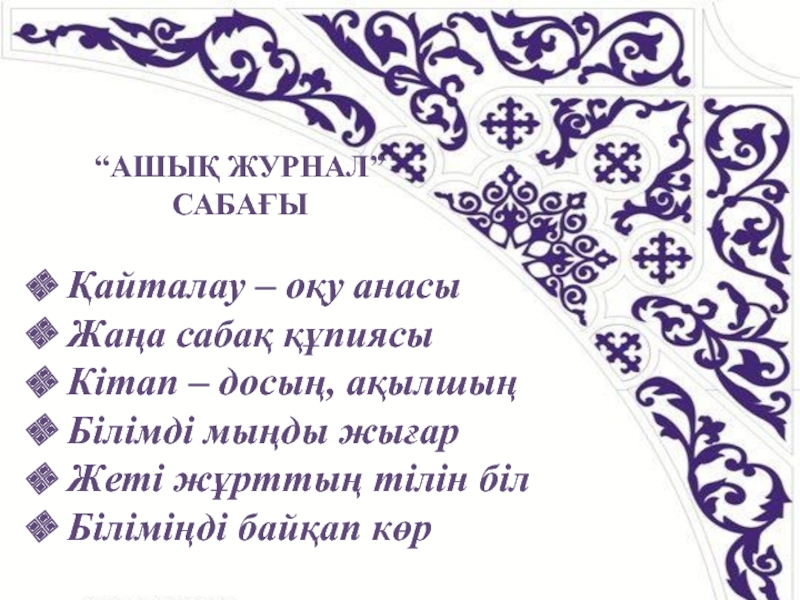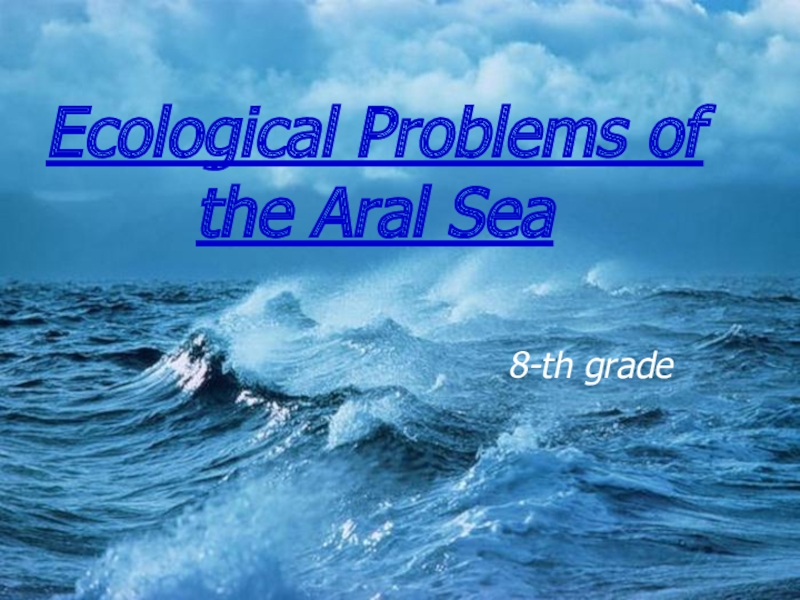people
- Главная
- Разное
- Образование
- Спорт
- Естествознание
- Природоведение
- Религиоведение
- Французский язык
- Черчение
- Английский язык
- Астрономия
- Алгебра
- Биология
- География
- Геометрия
- Детские презентации
- Информатика
- История
- Литература
- Математика
- Музыка
- МХК
- Немецкий язык
- ОБЖ
- Обществознание
- Окружающий мир
- Педагогика
- Русский язык
- Технология
- Физика
- Философия
- Химия
- Шаблоны, фоны, картинки для презентаций
- Экология
- Экономика
Презентация, доклад по английскому языку на тему: Русские традиции
Содержание
- 1. Презентация по английскому языку на тему: Русские традиции
- 2. DefinitionNational culture is a national memory of
- 3. Goals and objectives:To cultivate interest in
- 4. Russian peopleThe Russian people The indigenous area
- 5. Festive and ceremonial cultureFestive and ceremonial culture
- 6. ShrovetideMaslenitsa (winter farewell meeting and spring meeting)
- 7. EasterEaster (the flowering of spring, the awakening
- 8. Ivan KupalaOn the night of June 23
- 9. Wedding The official religion of Kievan Rus
DefinitionNational culture is a national memory of people, which distinguishes the people from others, keeps a person from depersonalization, allows him to feel the connection of times and generations, receive spiritual support and vitally reduce support."Tradition",
Слайд 2Definition
National culture is a national memory of people, which distinguishes the
people from others, keeps a person from depersonalization, allows him to feel the connection of times and generations, receive spiritual support and vitally reduce support.
"Tradition", "custom", "rite" are the most important elements of the culture of each people, these words are familiar to everyone, cause certain associations in memory and are usually associated with memories of this "left Russia".
"Tradition", "custom", "rite" are the most important elements of the culture of each people, these words are familiar to everyone, cause certain associations in memory and are usually associated with memories of this "left Russia".
Слайд 3
Goals and objectives:
To cultivate interest in history and folk art; to
acquaint people with folk traditions, customs, rituals; expansion of their ideas about the culture of the Russian people; development of aesthetic and moral perception of the world; give an idea of the structure of the house, the history of folk costumes, folk craft, folk folklore, Russian national cuisine.
Слайд 4Russian people
The Russian people The indigenous area of the settlement of
the Russian people is the East European Plain. As far as the development of the lands the Russians were in close contact with other peoples. Thanks to this great geographical and historical space, united by the concept of Russia and Russia. Russia is a multinational state, on the territory of which more than 180 peoples live, the importance of this fact is reflected in the preamble to the Constitution of the Russian Federation. But according to the criteria of the United Nations, Russia is a mono-national state, since more than 67% of its population falls on one nationality, while in official UN documents Russia is a multiethnic state.
Слайд 5Festive and ceremonial culture
Festive and ceremonial culture The main winter holidays
are two holy weeks (Christmas season): Christmas, New Year (old style) and Baptism. On holidays, magical games were started, symbolic actions were carried out with grain, bread, straw ("so that there was a harvest"), went to the houses to carouse, girls guessed, the obligatory element of the holy fruits was a snoop.
Слайд 6Shrovetide
Maslenitsa (winter farewell meeting and spring meeting) - lasted a whole
week, and, starting from the Thursday of Maslenitsa, all the work stopped, noisy fun began. A wide carnival is a cheese week! Pancakes were prepared all week. On Monday - "Meeting" on Tuesday - "The Jester" on Wednesday - "Gourmet" on Thursday - "Razgulay" on Friday "Evenings with Mother-in-law" on Saturday - "Golden treats" on Sunday - "Forgiven Day".
Слайд 7Easter
Easter (the flowering of spring, the awakening of life) is a
church holiday. On Easter, they greeted each other: "Christ is risen!" - "Verily, He is risen!". Eggs are the symbol of the Sun and the birth of a new life. After the Easter week, Tuesday, they celebrate their parents' day - they are visited by cemeteries, they bring food to the graves of their deceased relatives.
Слайд 8Ivan Kupala
On the night of June 23 to June 24, everyone
marked this mysterious, but at the same time festive and cheerful holiday, full of ceremonial actions, songs, sentences, all kinds of signs, fortune-telling, legends, beliefs. Even in times of paganism, the ancient Russians had the Kupalo deity, personifying the summer fertility. In his honor in the evenings, they sang songs and jumped through the fire. This ritual action turned into an annual celebration of the summer solstice, mixing in itself the pagan and Christian tradition. Ivan the god Kupalo began to be called after the baptism of Rus, when he was replaced by none other than John the Baptist, baptized Christ himself and whose Christmas was celebrated on June 24.
Слайд 9Wedding
The official religion of Kievan Rus Christianity was proclaimed at the
end of the IX century. And from that moment the formation of the traditional Russian wedding ceremony began and continued for seven centuries. With the introduction of Christianity, marriages began to take shape through the ceremony of church wedding. The Christian church for many centuries struggled with paganism, but it was not completely eradicated. As a result, Christian traditions are closely intertwined with pagan beliefs. Only by the XVI century the wedding ritual was completely formed with clearly defined stages, wedding attributes, clothes and treats. At the same time, there was a wedding folklore. But in different regions wedding ceremonies were very different, because the wedding was always a game action, and they approached this "performance" in different ways, even in two nearby villages. Yet, despite these differences, there was a skeleton of the wedding - rituals, repeated from village to village from city to city.














